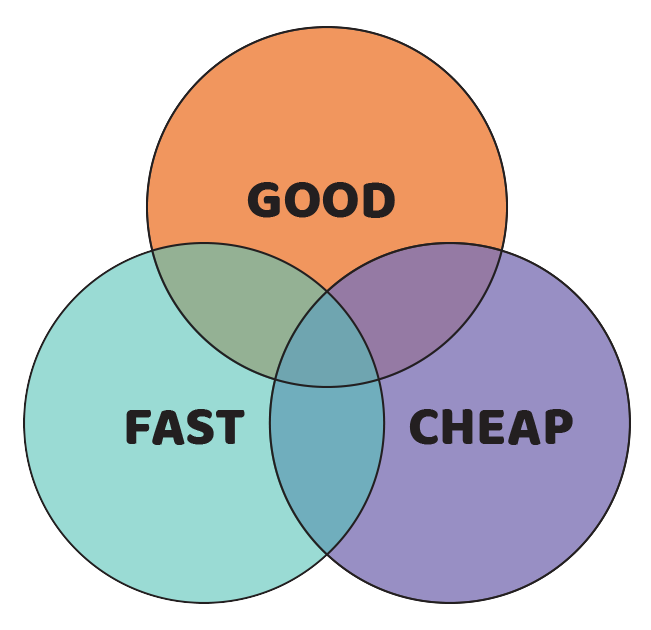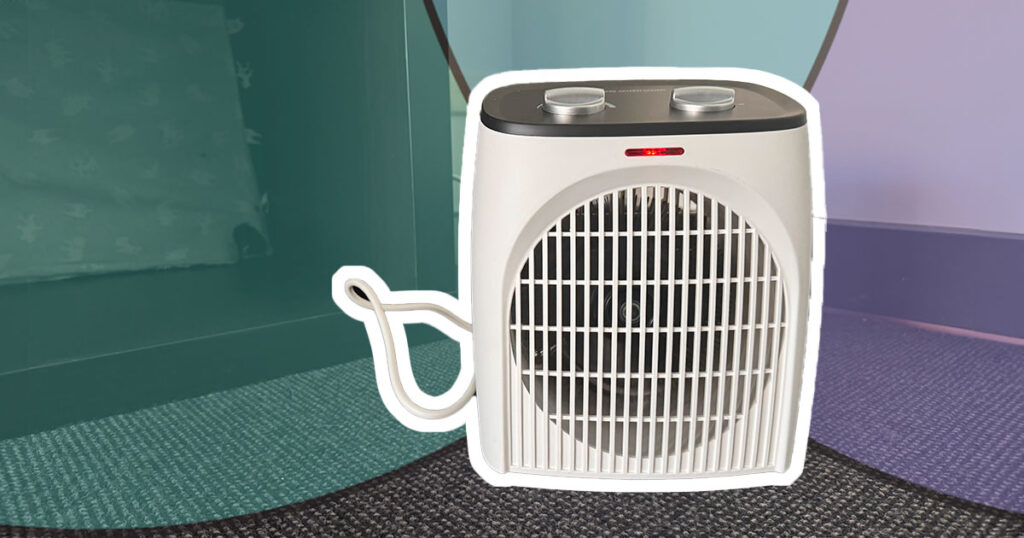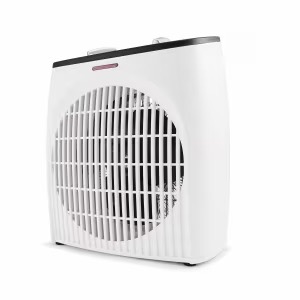Kmart's cheapest fan heater packs a one, two punch. The first one jabs you with a blast of hot air, warming a room surprisingly quickly, but the second one lands later with your electricity bill.
Kmart fan heater review: The Iron Triangle
You know that venn diagram? The one that overlaps "fast" "cheap" and "good". Called 'The Iron Triangle", it is ordinarily used in pitch decks, and uni lectures it is actually a decent demonstration of this particular Kmart Anko heater. You can only have two, and the two you'll get here are 'cheap' and 'fast'. Alas that means the heater is not neccessarily 'good'. While it will definitley do the job, it is worth considering what the $17 pricepoint will actually cost you in the long run.

What we like
Really fast warming: With a top wattage of 2000W, this fan heater has a hellava lot of power crammed into such a small device. At full blast, the device raised our testing room temperature by 5°C in 38 minutes, jumping up 2°C in as little as 15 minutes. For comparison, De'Longhi's Dragon Pro 4 oil heater accomplished the same in over three hours. Part of this is due to the type of heater- fan heaters tend to be quite efficient at raising the temperature, but not so much at retaining warmth, but more on that later.
Within this time the humidity in the room dropped by a whopping 10%, meaning that the heater dried out the air just as quickly as it warmed it. Over extended periods, dry air can lead to a range of health issues such as nose bleeds, accelerated dehydration, sore throats, respiratory issues, and skin and eye dryness. Although in the short term you may experience only some minor discomfort (or none at all), long term exposure to low humidity can be detrimental. If you're opting for a fan heater this winter, it could be worth considering a humidifer too.
During operation the unit itself hit 43.1°C, which is warm but perfectly safe to touch, which should make it easy to move around and relativley burn resistant. The heating coil itself peaked at 83.5°C however, which could cause fire if set in contact with flammable materials. The TLDR: use something else to warm up your socks.
Cheap: Kmart is cheap, it is what we love about the big box retailer, and its heater range is no exception. Retailing for $17, but already price-dropped to $15 the Anko Fan Heater is probably the cheapest heater you can pick up in Australia right now.

What could be improved
Poor (read: no) heat retention: Fan heaters in general have terrible heat retention. Once the heating element has switched off, and the air has stopped circulating, the heat doesn't stick around for long. If you have a well insulated space then you may be able to hold on to that warmth for a bit longer, but generally speaking that temperature is going to drop again as soon as you turn off the switch.
After turning the Kmart fan heater off, our testing room dipped by 2°C in just under 20 minutes. To maintain a comfortable temperature we estimate that you would need to run the heater for about 50% of the time.
Expensive to run: While 2000W packs a heating punch, it also burns through power. According to last financial year's average kwh pricing in Australia, it costs around $0.28 per hour to run a 2000W heater. For comparison, an air purifier costs less than $0.01 per hour to run.
This wouldn't be a huge problem if the device could retain residual heat while not in operation. As opposed to oil heaters for example, fan heaters like this one from Kmart need to run more hours per day to maintain the same level of warmth. More running hours, higher running cost. Since the Anko fan heater only has two heat settings, with the lowest sitting at. 1800W you don't get much reprieve.
Should you buy a Kmart Anko heater?
Look at the venn diagram. It is cheap, it is fast, but it isn't what I would consider a 'good' heater. With no power saving features, high wattage operation, and (considering the price) an understandbly flimsy build, the Anko fan heater is just fine.
Admittedly, sometimes fine is good enough. It does the job for a low outright price, but just remember that the costs don't stop there.
Related Articles







